The Colorado Springs, Colo., landscape is home to majestic blue-grey mountains dotted with deep green pines that traverse ridges, spilling down to grassy knolls and desert brush.
In addition to its natural beauty, the Colorado Desert is home to critical defense assets, including elements of the U.S. Army Space and Missile Defense Command/Army Forces Strategic Command, the Army service component to U.S. Strategic Command.
Soldiers and Army civilians assigned to SMDC/ARSTRAT's 1st Space Brigade and 100th Missile Defense Bde., and their joint-service counterparts, track the locations and availability of satellites that provide life-saving imagery to commanders both at home and in combat theaters.
Additionally, they monitor missile launches worldwide, operate early missile-warning systems and allow the launch of interceptor missiles that would down a ballistic missile targeting the United States.
In a high-security area of Schriever Air Force Base in Colorado Springs, Soldiers assigned to the 1st Space Bde.'s 53rd Signal Battalion gain access to the Defense Satellite Communication System Certification Facility, only after entering phone-booth-like "portals" with security badges and access codes. The building is tucked behind a giant golf-ball-like radome, one of several that rise more than 30 feet from the desert floor.
Security is extremely tight here because, "nobody in the government talks without these guys," said 1st Space Bde. Command Sgt. Maj. Kevin McGovern. "They facilitate conversations from the president of the United States to Soldiers in the sandbox and from ships crossing the Atlantic or Pacific oceans."
"The Soldiers check the health and welfare of satellites to ensure there's no break in connectivity and that communication signals traveling via the satellites are within specified (security) parameters," added battalion operations noncommissioned officer, Sgt. 1st Class Robert Lewis.
The 1st Space Bde. also encompasses the 1st Space Bn., a unit of active Army and Reserve Soldiers, who can interpret Global-Positioning-System information "as no other group can," said Lt. Col. Tom James, 1st Space Bn. commander.
More than 100 officers are dedicated to providing information from space assets, according to James. This includes Soldiers from the 1st Space Bn., 1st Space Company's Joint Tactical Ground Stations, which provide early missile warning.
The battalion's 2nd Space Co. includes 10 space support teams that support corps and higher headquarters around the world, added SMDC/ARSTRAT spokesman Mike Howard.
Additionally, the brigade's Commercial Exploitation Team, currently deployed to Iraq and Afghanistan, uses the theater's largest repository of commercial-satellite imagery to provide commanders with critical situational awareness, Howard said.
Support teams that transform raw data from satellite imagery into detailed maps are also supporting commanders in the Horn of Africa, for which the newest unified combatant command, U.S. Africa Command, was recently established, James said.
At an exercise at Schriever AFB, a five-member crew of active-duty Colorado Guard Soldiers from the 100th Missile Defense Bde. sat glued to computer monitors at individual fire-control stations inside the Missile Defense Agency's Missile Defense Integration and Operations Center.
"Our job is to destroy intercontinental-ballistic missiles in midcourse that target the United States or our allies," said Maj. Martin Bortolutti, missile-defense element director for the Ground Missile Defense System trainer.
In the training scenario, a threat country in northeast Asia "launched" several ICBMs into defended areas of the continental United States and Hawaii, said Lt. Col. Mark Emmer, MDA division chief for war games and exercises.
Based on the crews' rules of engagement, they'll destroy those threats with the help of the brigade's 49th Missile Defense Bn. at Fort Greely, Alaska, and a joint-service network of ground- and sea-based interceptors, Bortolutti explained.
During the exercise, the crew simulated notifying elements of the North American Aerospace Defense Command and the U.S. Northern Command, to validate the "threats" and confer on the best tactics to "eliminate" the threats, said Bortolutti.
Actual tests of theater-missile defenses are conducted jointly from Vandenberg AFB in California and SMDC/ARSTRAT's missile-defense test facility at Kwajalein Atoll, one of the Marshall Islands in the Pacific Ocean, Howard said.
SMDC/ARSTRAT picked up the Army's Blue-Force Tracking mission in 2000, said Col. Todd Day, chief of plans, SMDC/ARSTRAT.
"We provide the location of friendly forces and track missile launches from around the world," said Jon Busick, operational support and readiness lead for Blue Force Tracking at Peterson AFB, in Colorado Springs. He added that most of the federal employees and contractors at the facility are military retirees who understand that operational support is critical to warfighters.
Five years ago, "we tracked three device types and 155 devices," said Busick. "Today we track 18 device types and 70,000 devices, or transmitters, on 32 monitors, versus the former six."
Why the increase' "Tracking Soldiers down to the battalion level was OK before. Now the Army wants to take that down to the squad and platoon level," Busick explained.
The BFT crews who monitor troop positions don't need to know who's going to be in harm's way, Busick said, just that the combatant commander has all the information he needs to know what could happen and make informed decisions.
The information is accessible because satellites and sensors are coming into the BFT center, going out to commanders in the field and returning to the tracking center to verify what was received-thereby traveling around the world twice in a matter of seconds, Busick said.
As critical as the real-time information is to commanders downrange, it was equally crucial following Hurricane Katrina in New Orleans. BFT crews provided imagery from satellite, ground and airborne sources that allowed responders to track such things as water depth and contaminants in the water. They were also able to provide critical infrastructure information, Day said.
Among the command's other assets are the Space and Missile Defense Future Warfare Center, Space and Missile Defense Battle Lab, Directorate of Combat Development, and the Simulation and Analysis Directorate.
"Because of our Future Warfare Center and the technology research and development that takes place in Huntsville, Ala.-home of Headquarters, SMDC/ARSTRAT-we can employ incredible technologies to combat anything our adversaries are thinking about doing to us," said McGovern.
One of the command's developing technologies is the High-Altitude-Long Loiter, added Day. Testing of the information-providing sensor, which would be located between 65,000 and 100,000 feet above ground to provide information from a nonorbiting-satellite mode, will be conducted in 2013.
In addition, better launchers, interceptors and sensors are all on the horizon to protect America and its allies from threats, Day said.
"This is just the tip of the iceberg," echoed McGovern. Space is a wide-open frontier; "there are many capabilities yet to be exploited."
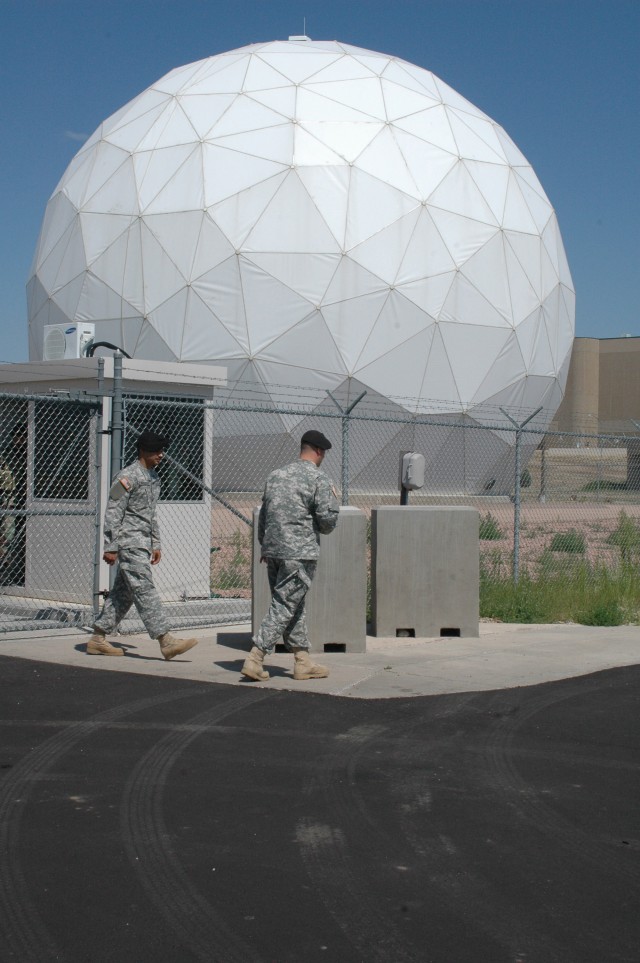
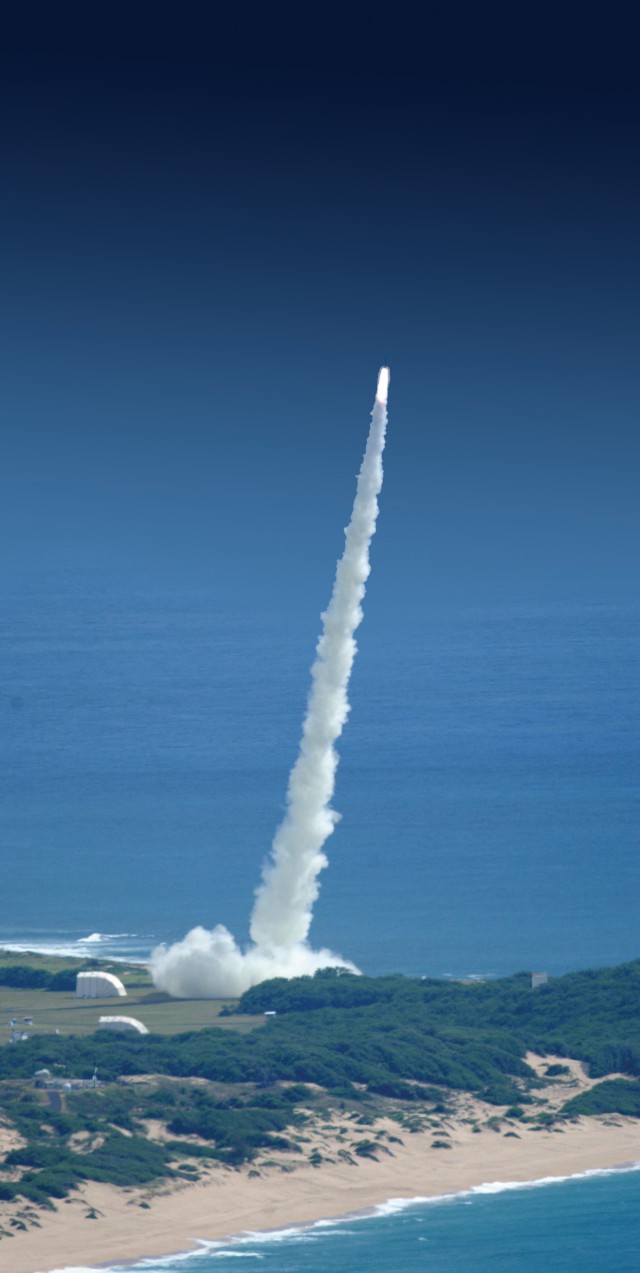
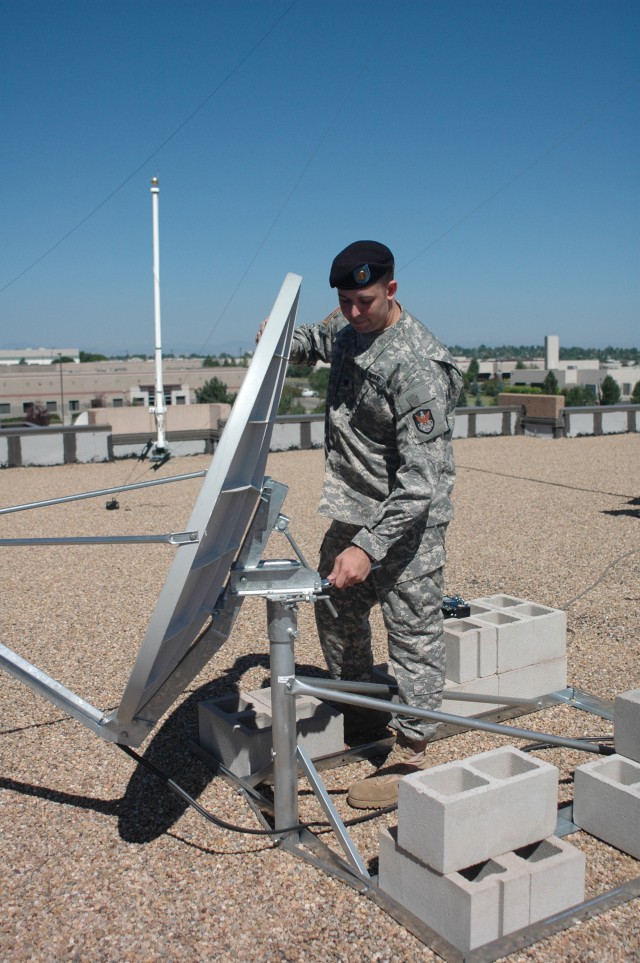
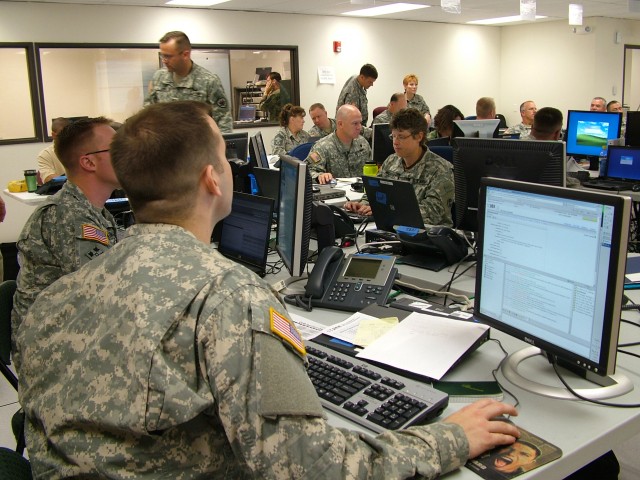
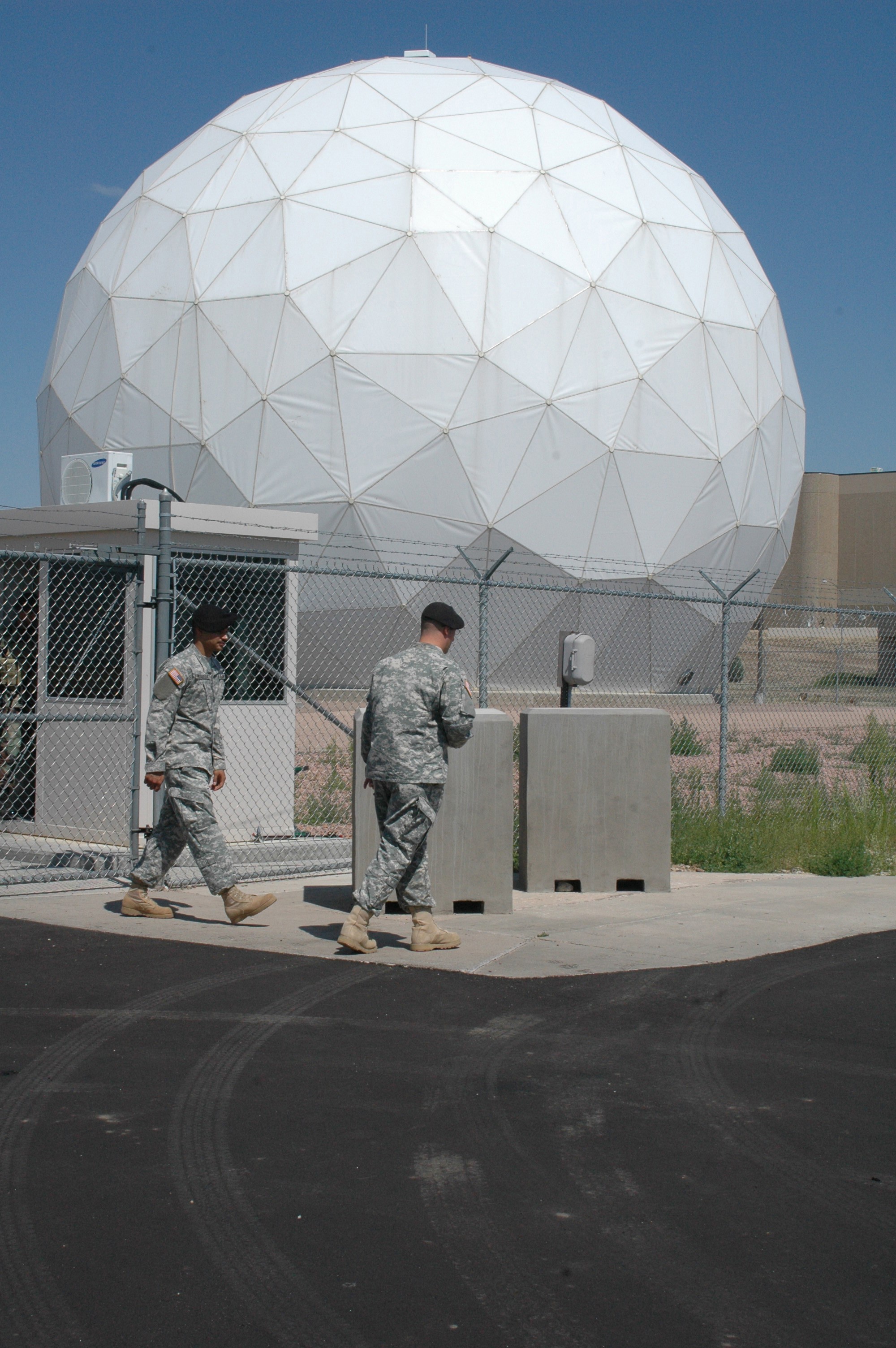
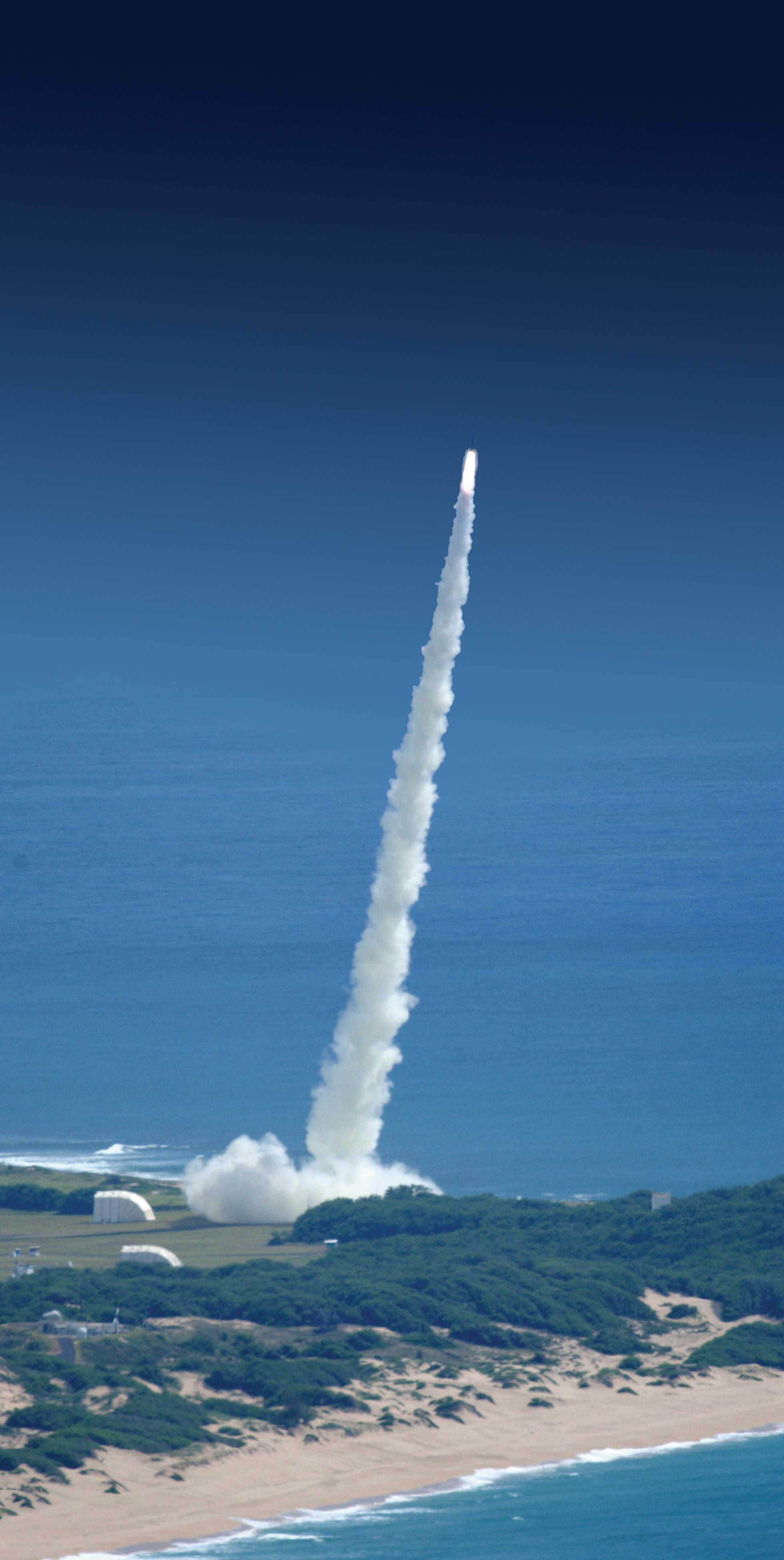
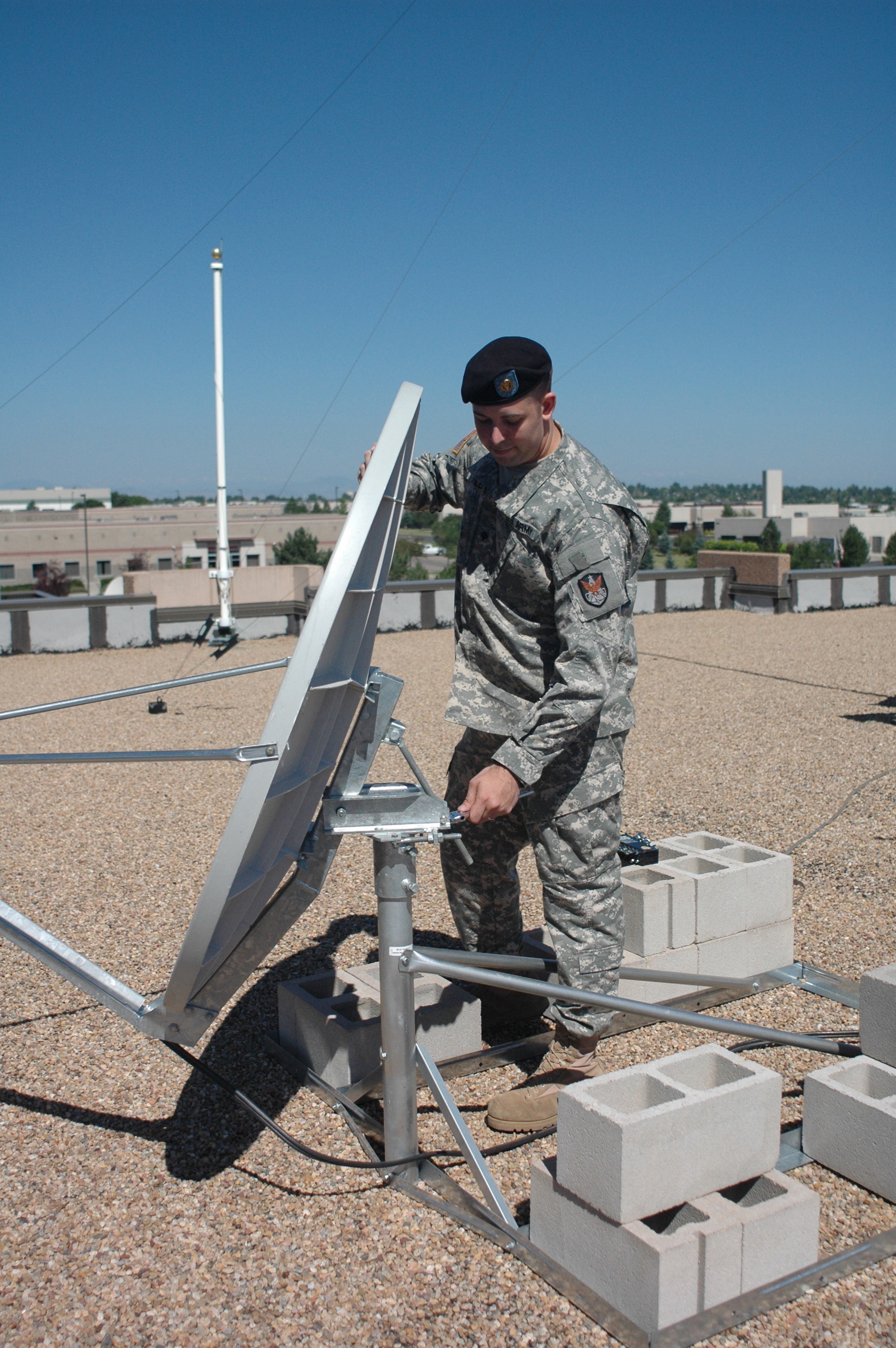
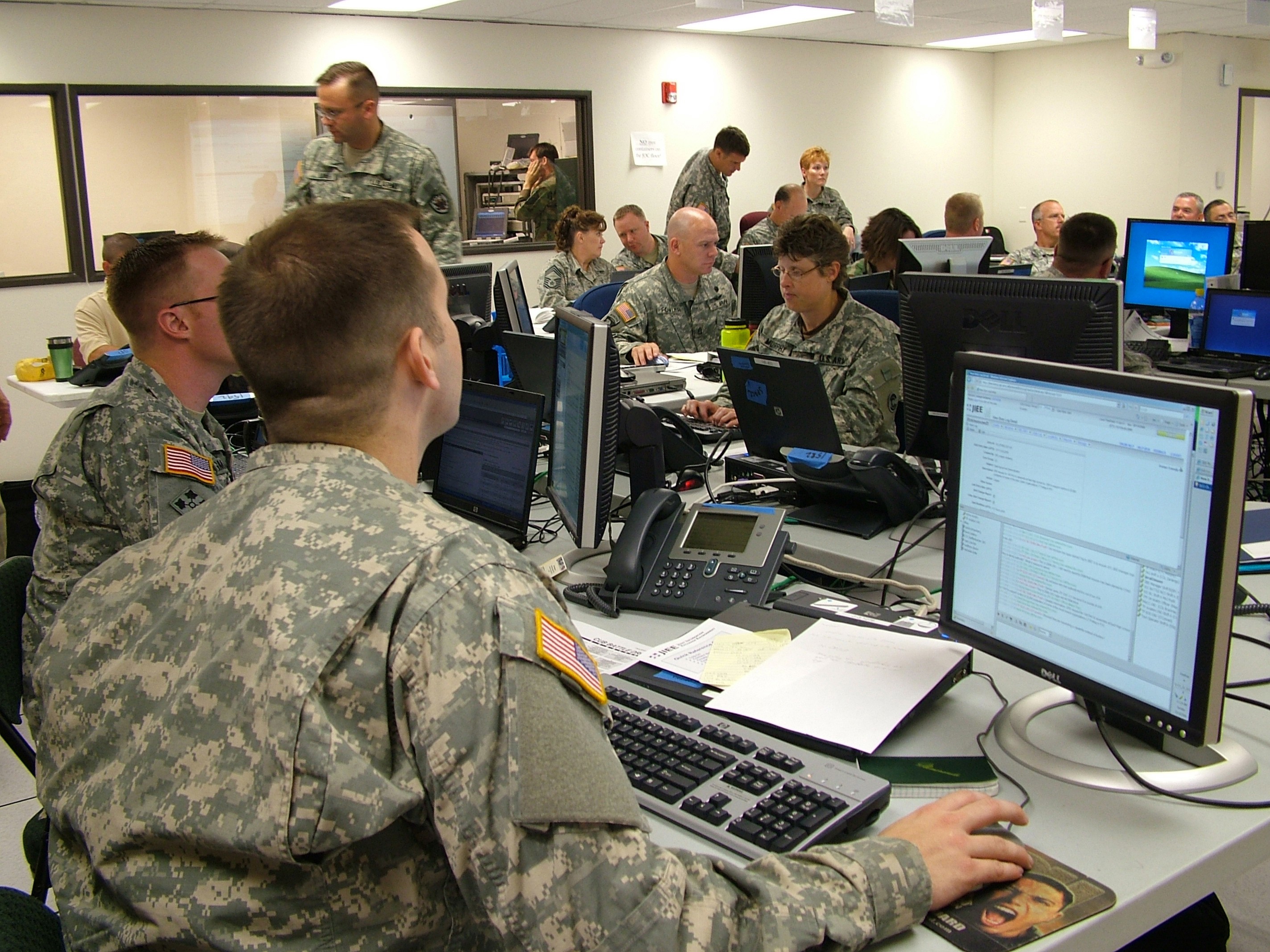
Social Sharing